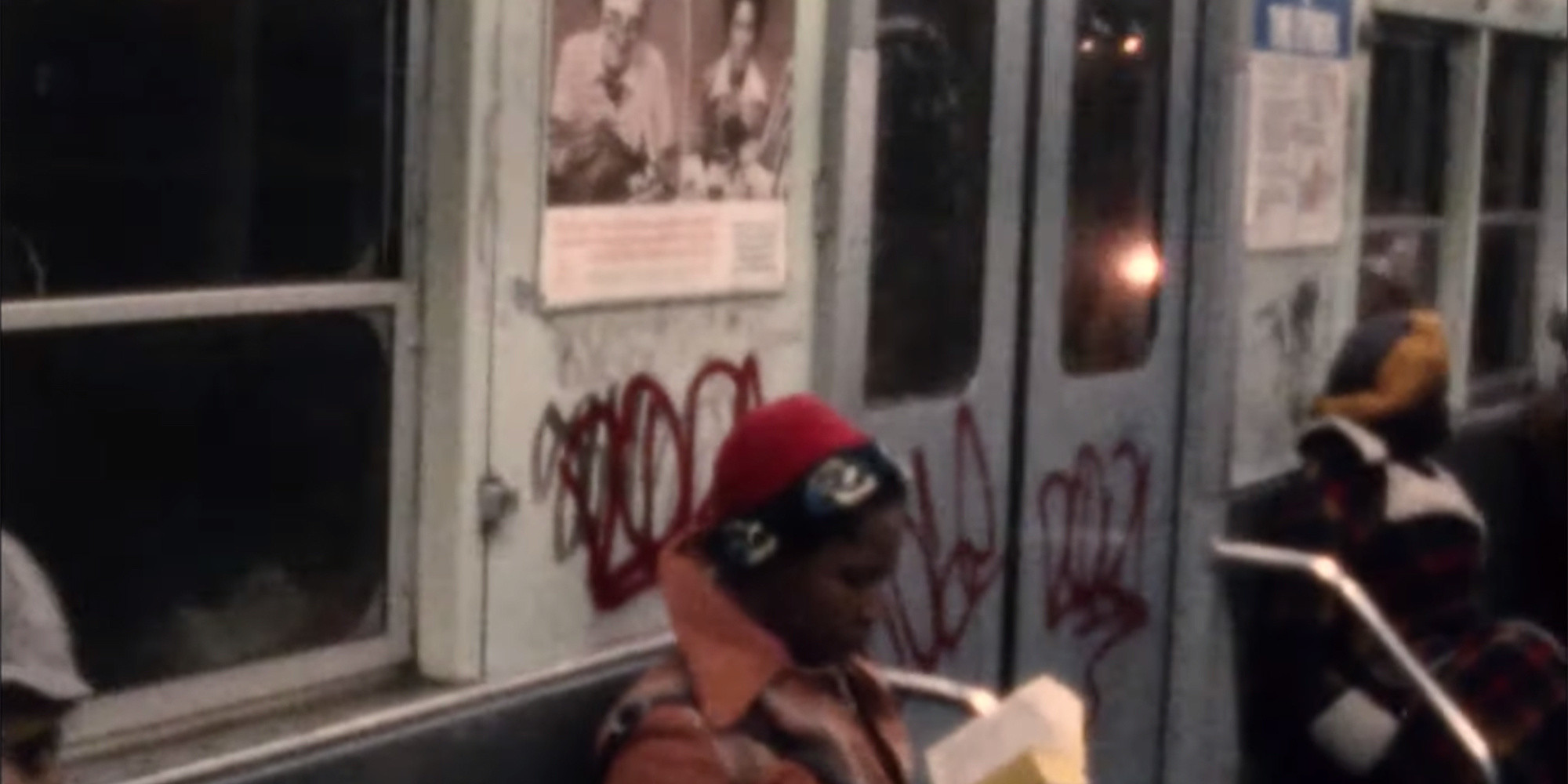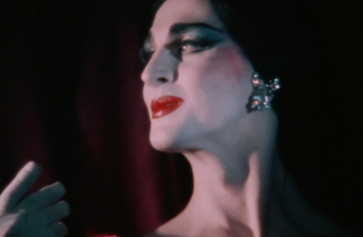
The City Stars: Underground
Rajendra Roy looks at filmmakers who went underground—literally—to explore the New York City subway.
Rajendra Roy, Sean Yetter
Jul 22, 2019
For New Yorkers, the subway is such a fundamental, and often frustrating, part of city life. It takes us to an otherwise invisible, subterranean world. Since New York City’s first subway line was built in the early 1900s, filmmakers have seen its dark tunnels, bright lights, and crowded cars as fertile ground for storytelling, and for showcasing film’s unique attributes. This week for The City Stars, our online film exhibition highlighting shorts made in NYC, Rajendra Roy, MoMA’s Celeste Bartos Chief Curator of Film, ushers us into the underground with the American Mutoscope and Biograph Company’s Interior N.Y. Subway, 14th Street to 42nd Street (1905) and John Ahearn’s Bronx Train (1977). The former captures the technical marvel of the train at its infancy, and both reveal and the humanity of the passengers who make the subway an essential part of New York City’s character.
Interior N.Y. Subway, 14th Street to 42nd Street (1905)
Interior N.Y. Subway invited early 20th-century audiences into a brand-new experience. The American Mutoscope and Biograph Company paired the relatively new art form of cinema with the technical marvel of the nascent train system to present a new kind of journey to mesmerized audiences. Viewers today will recognize familiar scenes: the platforms, the signage, the dark tunnels...though the passengers here are decidedly more dapper. The film also highlights achievements in the early days of filmmaking. As Roy notes in his commentary, “The idea that migration is part of art making, that industrialization is part of art making, and that technology is part of art making is really integral to the whole experience of modernism and all of the modern art that you’re seeing at MoMA.”
Bronx Train (1977)
Filmed more than 70 years after Interior N.Y. Subway, Bronx Train accepts both film and the subway as ubiquitous aspects of daily experience. Rather than celebrating the train’s infrastructure, filmmaker John Ahearn explores the harsh reality of the subway ecosystem and the diversity, playfulness, and aggression of its riders. Ahearn made this film at a time when New York’s transit system had been allowed to deteriorate due to a lack of funding, and it offers a kind of implicit commentary on this neglect. It acknowledges the sensory experience of riding from Manhattan to the Bronx with fellow passengers and the underground community that emerges—for better or worse—among those who take the train.
Related articles
-

The City Stars: In the Streets
Two short films find inspiration in the alleys and avenues of New York City.
Margaret Bodde, Sean Yetter
Jul 15, 2019
-

The City Stars: Performing Gender Downtown
Three short films explore gender play in the East Village art scene of the late 1970s and early ’80s.
Sophie Cavoulacos, Kate Zambreno, Sean Yetter
Jul 8, 2019

